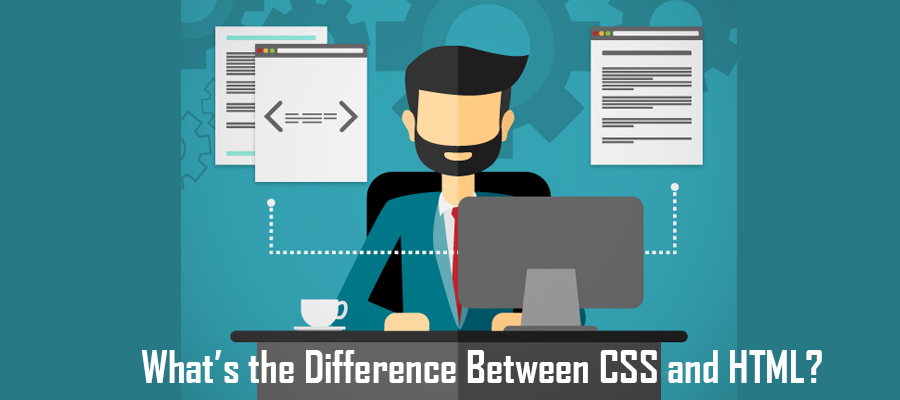 During the late 20th Century, as the proliferation of websites for personal and business use slowly filled the dial-up connections around the country, HTML was the primary coding language. For years, in order to satisfy the limited network speeds and connectivity issues of live before high-speed internet access, there weren’t very many codes loosely flying through cyberspace.
During the late 20th Century, as the proliferation of websites for personal and business use slowly filled the dial-up connections around the country, HTML was the primary coding language. For years, in order to satisfy the limited network speeds and connectivity issues of live before high-speed internet access, there weren’t very many codes loosely flying through cyberspace.
As the saying goes, times sure have changed. Now, even if you’ve never operated a website, you have access to some of the most advanced digital infrastructures ever created. While there are many coding languages responsible for this influx of advanced on-page capabilities, few are as imperative as CSS and HTML.
Because both coding languages are so closely intertwined, many novice website owners become confused regarding their individual purpose and combined powers. While these two codes work together, their purpose and use in modern websites is worth noting. Although advancements in coding offer multiple variations, at the end of the day, it all comes back to CSS and HTML files.
What Are CSS Stylesheets?
Essentially, CSS code defines the visual styles and placements of on-page text, images and other elements. Think of CSS as the interior designer of your home while other codes, such as HTML, are the building contractors.
The placement of CSS, which stands for Cascading Stylesheets, may be within the HTML document or as a standalone file, known as an external CSS stylesheet. Regardless of placement, CSS dictates styles for specified attributes.
The basic structure of CSS consists of two parts: selector and declaration. The selector refers to specific HTML elements, such as the “<h2></h2> ” header tag. The declaration instructs the browser how to visually style each tag.
Ultimately, CSS streamlines designing by establishing style without having to constantly repeat visual declarations.
What Are HTML Files?
HTML, or Hyper Text Markup Language, is the structure upon which a website is built. This code language instructs end-user browsers about the actual layout and format of each page.
While you can use CSS directly within an HTML document, you can’t use HTML in an external CSS stylesheet.
It’s not uncommon to confuse the interaction of HTML with CSS. However, the easiest way to understand the purpose of HTML is to imagine it being the frame of a house while CSS is the exterior and interior design.
Primary Differences of CSS and HTML Defined
While there are many differences between CSS and HTML documents, let’s explore the most essential differences:
- HTML controls the structure of a page. CSS controls the style and display of these elements.
- HTML is executed using tags, such as <h1>headline</h1>
- CSS uses selector-declaration blocks, such as {selector : declaration;}
- HTML links content together so your site is operational
- CSS determines how this content creation translates visually
- HTML is only valid within an HTML document
- CSS may be present in HTML documents as well as within its own external stylesheet
Even though this is a brief understanding, these differences form the baseline for two of the most essential coding languages for website creation and design.


